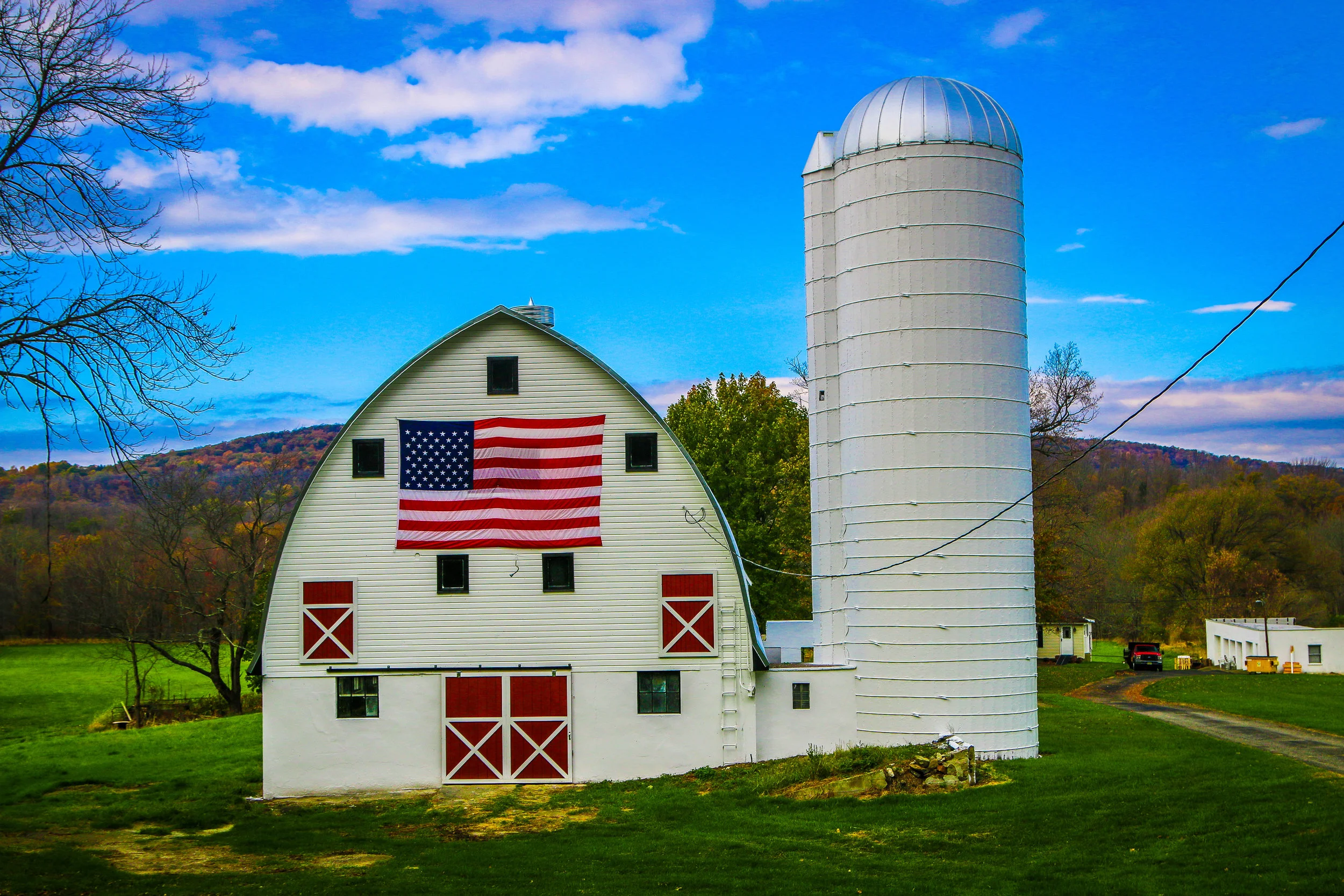Hello Everyone! It’s been another amazing week out here in New Mexico and I can’t wait to tell you about it, but I’m going to start out this week with my most exciting news. As most of you know, I will be going back to my regular gig as an overland tour guide this summer. I’ll be working for a company called Incredible Adventures which is currently being run by my last two managers from my old company. I got a call from one of them yesterday with some thoughts on my start-up tour and I will be heading to Hawaii next month. Of all the places I thought I might go this summer, Hawaii was not on my list and I am so excited for this opportunity. It will be in the midst of my time in Arizona, but I will fly out and then back and be able to finish up my time there before heading on to San Francisco to begin my season in earnest. I am definitely looking forward to walking barefoot on a white sand beach and swimming in beautiful turquoise water. So with mai tais and sea turtles dancing in my head, let me tell you about my exciting week here in New Mexico.
When I left you last week, I was planning on heading to a place called Meow Wolf the following morning. Meow Wolf was an incredible experience which is really hard to explain. It’s essentially a big funhouse, full of fascinating and beautiful art installations. You enter it through the front door of a Victorian house and then you choose your own adventure from there. You can go through the fireplace into an ice cave with a mammoth skeleton which you can play like a xylophone. You can go through the refrigerator which takes you to a strange vacationland. You can go through the bookcase and come out in a circus-like room. You end up in treehouses and lighthouses and flying buses. It really is quite a place to experience and I was there for probably three hours and continued finding new rooms and passages right up until the end, and I’m sure I missed some along the way. It was weird and wonderful and I would definitely recommend it if you are ever in Santa Fe (or Denver or Las Vegas).
My Thursday afternoon was definitely one of ups and downs. I got a call from my dad telling me he had fallen and broken his ankle. He’ll be okay and is in a recovery facility, but I worry about some of these places and what floats around in them with Covid only being one such worry. On the flip-side, I got a nice email telling me one of my photos has been accepted to be published in a book of hiking trails from National Geographic called 100 Trails, 5000 Ideas. As a photographer, National Geographic is obviously one of the biggest names in the industry and while it will be a small photo in a big book, I’m still very happy to be included. In the afternoon I headed over to visit the Montezuma Masonic Lodge, where the gentleman I met in Taos told me I could find Kit Carson’s rifle. I met several of the Masons who were a part of the Lodge when I walked in, and they were incredibly warm and welcoming. The Secretary, Don, told me the whole story of the rifle and how Kit himself had instructed that it be hand delivered to the Lodge upon his death. It was, and they’ve been caring for it ever since. I had to put on a pair of gloves to hold it, but it was amazing to have this piece of history in my hands. I’m very grateful to the gentlemen of the Montezuma Lodge for their hospitality and all of the fascinating stories they shared with me while I was there. I decided to celebrate the day with a few beers at La Fonda, a wonderful must-see hotel right off the central Plaza in downtown Santa Fe. Mark has been bartending at La Fonda for years and it’s always a pleasure to stop in and say hello and have a drink in historic surroundings. From there, I said goodbye to Santa Fe and headed up the highway to the Buffalo Thunder casino for the night.
I started my day on Friday at Bandelier National Monument, not far up the road. Due to its proximity to Santa Fe it’s a busy park and it was fairly crowded when I was there, but there were some great old ruins to poke around at the base of some beautiful cliffs. When I had had my fill of the ruins, I had some lunch and then set off up the other side of the canyon on the Frijoles Rim Trail. It was a wonderful and beautiful trail and, in contrast to the valley, I didn’t see a single person along the whole hike. The trail took me up to the top of the canyon and along its rim for a mile or so and there were wonderful views down the canyon and off to the mountains in the distance. When I made it back to my van, we were off and running to Los Alamos to have a short look around Manhattan Project National Historical Park before it closed. I had been to another section of this park several years ago in Oak Ridge, Tennessee where they had enriched the uranium which was then transported to Los Alamos and built into the atomic bombs. They tested their first bomb at the Trinity Site down near what is now White Sands National Park…













